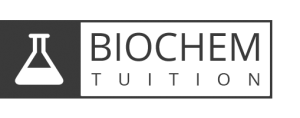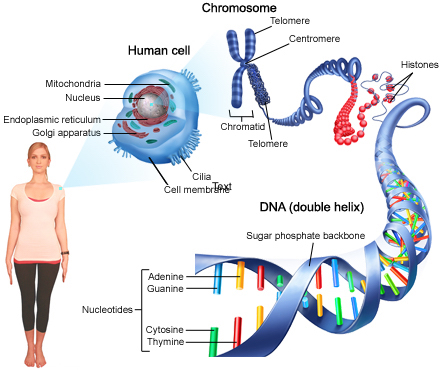15 Mar OCR A2 Biology Shortgun Sequencing – part 1
OCR A2 Biology F215 Module 2
Biotechnology and Gene Technologies
5.2.3 Genomes and Gene Technologies
I find it astonishing that so many students complain about module 2 of F215 Biotechnology and Gene Technologies. I have taken the challenge of explaining Module 2 of F215 through my blog.
I have divided Module 2 of F215: Module 2 Biotechnology and Gene Technologies into three sections:
- Genome sequencing and the techniques involved in the sequencing of genome.
- Genetic engineering e.g. making recombinant human insulin.
- The ethics of genetic manipulation.
_
Section 1: Genome sequencing and the techniques used to sequence the genome.
 What is a genome ?
What is a genome ?
(A) Chromosome structure
(B) DNA Structure
- Genome is the genetic material of an organism. It is a complete set of deoxyribonucleic acid (DNA), a chemical compound that contains the genetic instructions needed to develop and direct the activities of every organism. Human genome consists of DNA sequences in 23 chromosome pairs and also a small DNA molecule in the mitochondria. Human genome contains approximately 3.2 billion base pairs which includes genes that code for proteins and non-coding DNA.
- Every human cell (apart from gametes) contains 23 chromosomes in the nucleus. The chromosomes are visible under light microscope as X-shaped structures during the mitosis (cell division). The arms of chromosome are known as ‘sister chromatids’, which are joined at centromere. The chromosomes are highly organised and compact structures of DNA wrapped around proteins called histones and other associated proteins such as transcription factors.
- DNA forms a double helix consisting of two polynucleotide strands running anti-parallel to each each other. The exposed nitrogenous bases form hydrogen bonds with complementary bases on the opposite strand. Adenine bases pairs with Thymine and Guanine base pairs with Cytosine according to complementary base pairing rules. The individual nucleotides are joined via condensation reaction between the phosphate group of one nucleotide and 3-prime OH group on the neighbouring nucleotide to form a negatively charged sugar-phosphate backbone. The two polynucleotide strands twist around to form double helical form of the structure.
- Human genome project was a 13 year-long public funded initiative setup in 1990 with objective of sequencing all 3.2 billion base pairs in human genome. It was successfully completed on 14th April 2003.
! Students should know:-
- Genome is the complete set of genetic material of an organism.
- Genome sequencing involves determining the ordered sequence of bases in the genome.
! Next
– Genome sequencing step 1: Chromosome mapping.





Sorry, the comment form is closed at this time.